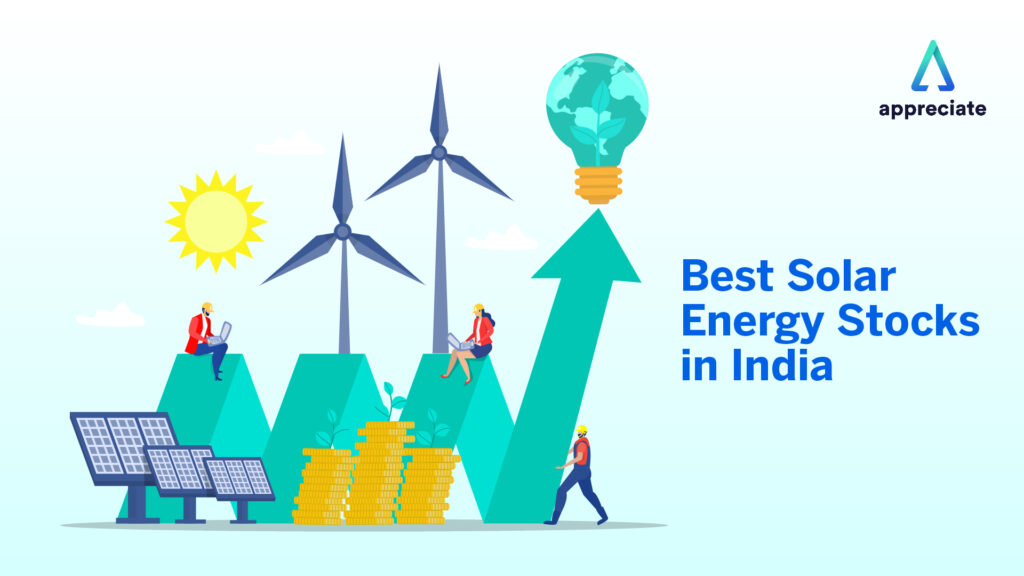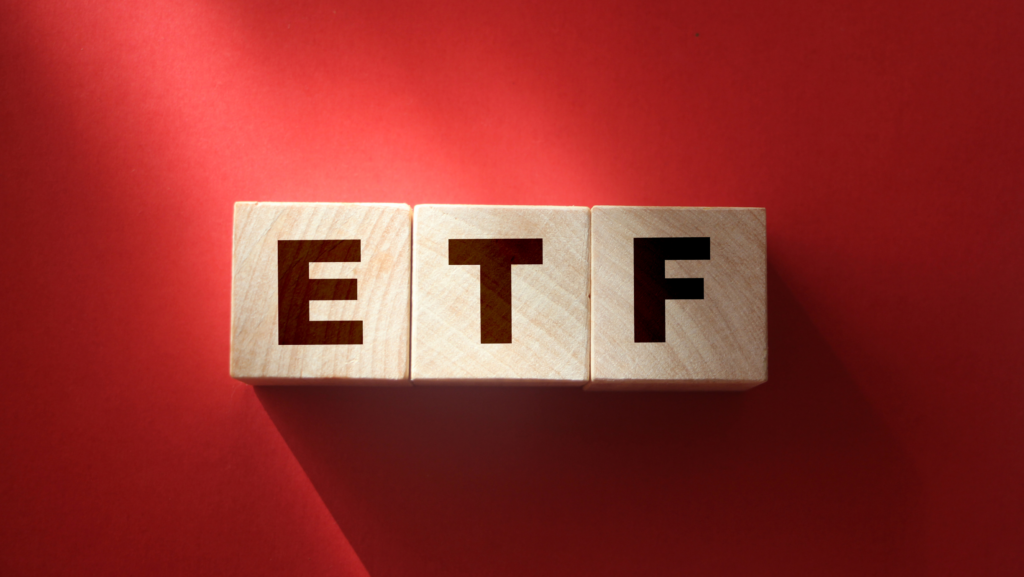An Exchange Traded Fund (ETF) is an investment instrument that was introduced in the 1990s. In the last three decades, ETFs have seen unprecedented growth. In December 2019, globally, ETF assets reached a milestone of $6 trillion in their kitty. That is almost double the GDP of India over the past few years– the value of all the goods and services produced in the country in a year!
But what exactly is an ETF? In the most rudimentary terms, an ETF is a mutual fund impersonating as a share on the stock exchange. Sounds a bit complicated? Let’s unpack it.
Features of an ETF
Nature
An ETF is similar to mutual funds in that it pools the financial resources of multiple investors and invests them in a basket of different financial instruments such as stocks, bonds, and commodities. This fundamental concept of pooling allows for effortless diversification of the portfolio and helps balance risk. ETFs are similar to shares in that they can be traded on the stock exchange.
Affordability
ETFs have a lower cost of fund management and other overheads. For instance, typically mutual funds have a higher expense ratio in the range of 1% to 2.5% and other fund management costs. For a typical ETF, this cost is lower, usually 0.75% to 1.25% making ETFs a less expensive option.
Transparency
Since it is traded as a share, an ETF’s list of holdings is published daily making it extremely transparent. Conversely, mutual fund holdings are published quarterly, which means you have less transparency there.
Returns
Let’s consider the SPDR S&P ETF, which tracks the movements of the S&P 500, to discuss the expected returns. It returned 22.50% in one year (February 2019 to February 2020), which is significantly higher than the -8.41% returns on Indian stock exchanges during that same period.
Types of ETFs
Let’s understand some of the prominent types of ETFs and the purpose that they serve.
- Equity ETF
This type of ETF provides an opportunity to invest in high-value equity shares of many leading companies at the same time.
- Bond ETF
Bond ETFs allow you to invest in various fixed income securities such as government bonds and corporate bonds. It provides low-cost exposure to a more secure bond market while providing better liquidity than an individual bond.
Both equity and bond ETFs have two popular subcategories:
- Index ETF: Index ETFs mirror the movement of a stock index such as the S&P 500. They are considered to be well-diversified because they track the performance of a stock exchange index.
- Sector ETF: This type of ETF helps track the performance of an industry such as technology, pharmaceuticals etc. It provides investors with the option to invest in ‘sunrise’ sectors or certain thematic preferences such as green technology, EduTech, etc.
- Currency ETF
Currency ETFs give exposure to currency exchange gains. It provides an opportunity for investment in the currencies of different countries.
- Commodity ETF
This type of ETF allows investments in commodities such as gold, silver, agricultural produce, etc. These ETFs invest in futures contracts, overall allowing for easy diversification in commodities.
The list provided above is by no means an exhaustive one. There are thousands of ETFs traded in the market, and the key is to know which ones to invest in, keeping in mind your financial goals.
A rewarding investment option
Overall, ETFs are a low-cost, transparent, and highly rewarding investment option. They essentially provide the best of both worlds of investing – mutual funds and stocks.
To make it easy for you to get started with ETFs, Appreciate, using its advanced portfolio management processes curates a shortlist of ETFs that are low cost, highly diversified, and provide an appropriate market return. Furthermore, Appreciate makes portfolio management effortless for you – one click or less! To know more about how you can make sound investment decisions and save more, log on to www.appreciatewealth.com and sign up.























